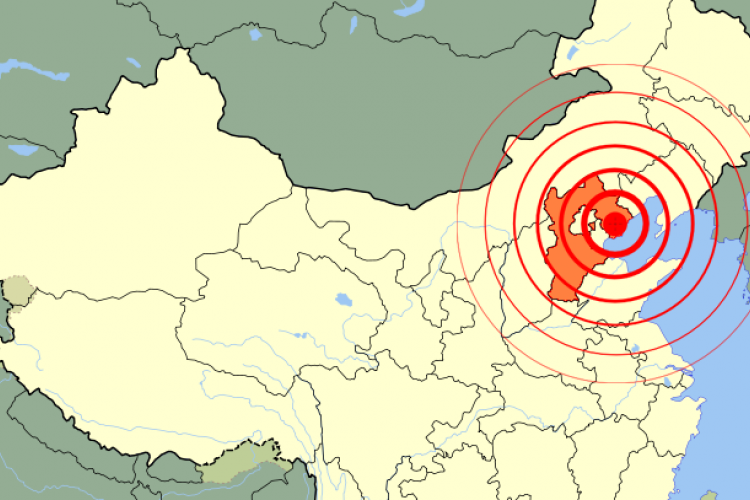As Beijing Prepares to Raise Its Minimum Wage, We Take a Look at Rates Across the Country
For many, even the basics of Chinese labor law may seem a mystery. China does in fact have laws and regulations dictating monthly and hourly minimum wages. In early May, it was announced that on Jul 1, Beijing will raise its minimum wage from RMB 2,120 to RMB 2,200.
While this might not be relevant to the average reader, changes to China’s minimum wage across regions reflect not only changing standards for the Chinese labor market, but also shifting realities for doing business in China.
This increase ties Beijing with Shenzhen for the second highest minimum wage nationally, following Shanghai, which tops the list at RMB 2,480. From RMB 960 in 2010, Beijing’s minimum wage has more than doubled over the last decade. Alongside these upticks, increased standards for unemployment insurance and employment injury insurance were also announced.
Minimum Wage in China: A Brief History
Since China implemented its first national minimum wage regulations in 1993, salary requirements have risen steadily across the country. Due to labor law revisions in 1994, local governments are required to enforce minimum wage standards, adjusting every few years to keep pace with local growth. Most regions will vary their wage requirements based on factors including development level, population size, and cost of living. In 2018, 15 regions increased their minimum requirements, continuing a trend of 20 in 2017, nine in 2016, and 19 in 2015.
Some provinces artificially depress minimum wage requirements to remain competitive. For instance, Guangdong increased wages mandates in 2018 for the first time in three years, remaining conservative on wage growth to maintain its manufacturing edge as rising costs make Southeast Asian countries an appealing alternative.
Most coastal cities have mandated monthly minimum wages of RMB 2,000 or more, while rural and less developed inland regions may require only half that. Rural areas in Guangxi hold the unfortunate title of the lowest minimum wage in China, at only RMB 1,000 per month. Liaoning, Hunan, and Anhui provinces fair slightly better, but also rank among those regions that provide the lowest mandated salaries.
Raising Wage Costs: What This Means for China
Of course, minimum wage does not necessarily reflect salary standards. In Beijing, for example, workers made an average salary of RMB 8,467 per month throughout the first half of 2018. Add social insurance and housing fund costs and the value of an average Beijinger’s salary increases by another 37.25 percent. Most workers employed by foreign businesses will make far above minimum wage, as will expats across a variety of education and professionally oriented spheres.
Increases to minimum wage reflect changing demographic realities as well as shifting policy priorities. First, China’s labor force is shrinking as the country’s population ages. The number of Chinese workers peaked at 787.07 million in 2015 but by 2018 that population parred down to 786.74. Second, this demographic decline will continue, which increases the need to win workers through more generous salary packages. Compounding this trend is China’s efforts to revitalize its national economic strategy towards higher-value, innovation-driven growth. Beyond growth or demographic trajectory, experts point to minimum wage changes as a component of national efforts at poverty alleviation, supporting President Xi’s vision of a “moderately prosperous society.”
READ: Why the Chinese Market for Health Tourism is Booming (and Where to Go Should You Need To)
Image: internations.org







